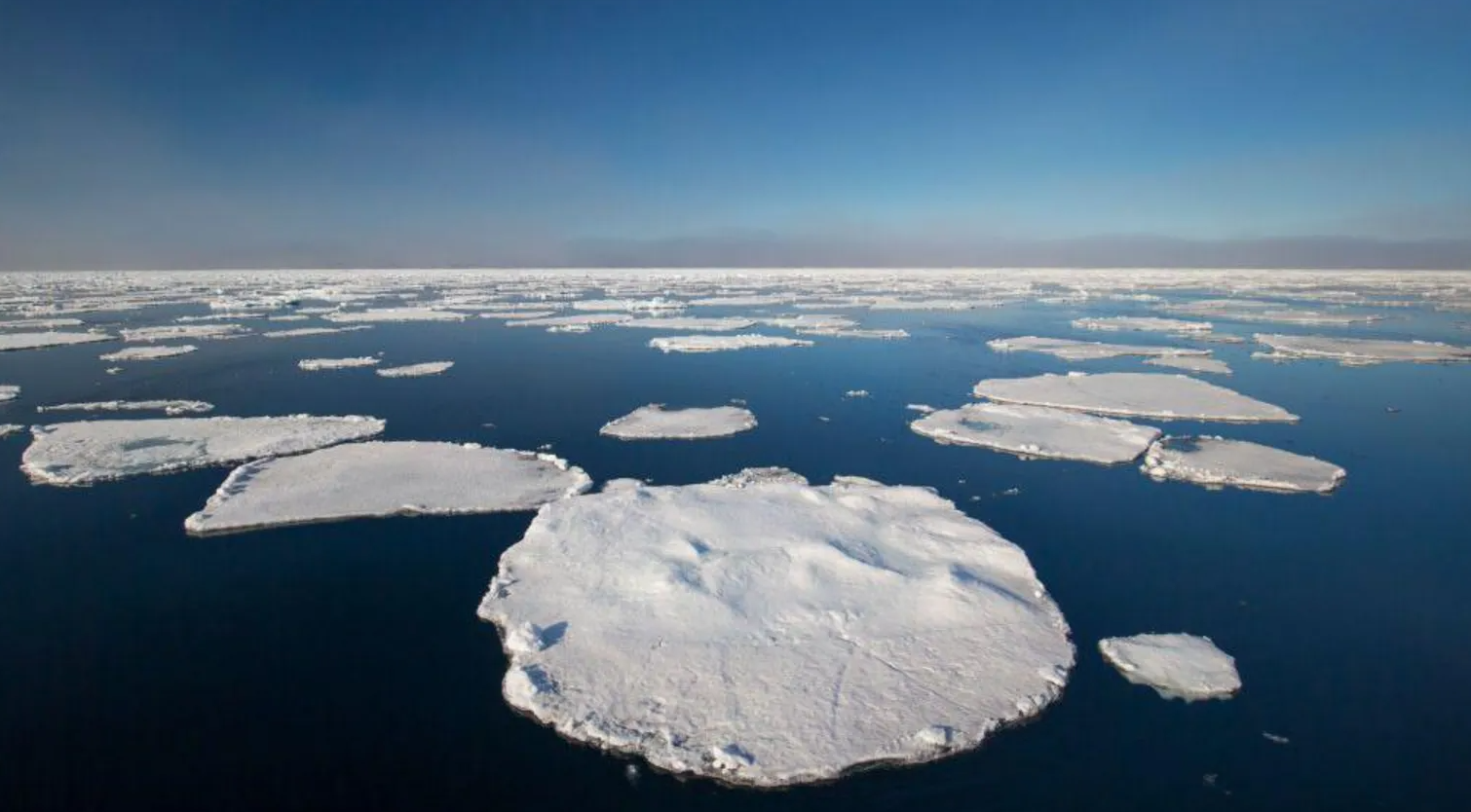
The strategies, often grouped under the umbrella of "geoengineering," include speculative ideas such as artificially thickening polar sea-ice or releasing reflective particles into the atmosphere to block sunlight. While some supporters argue that these techniques could provide additional tools against rising temperatures, more than 40 scientists caution they could trigger severe ecological harm and geopolitical disputes, according to a new review published in Frontiers in Science.
Risk of distraction from emissions cuts
Geoengineering refers to deliberate large-scale manipulation of the Earth's systems to counter climate change. Some forms, such as planting trees or using machines to remove carbon dioxide, are widely accepted as part of net-zero strategies. But more radical proposals, like spraying aerosols into the stratosphere to reflect sunlight, tackle the symptoms of warming rather than its root cause, argues lead author Prof Martin Siegert of the University of Exeter.
"These schemes risk being seen as a substitute for cutting emissions," Siegert said. "That's not true, and that's why we consider them potentially harmful."
A key concern is the possibility that promoting such projects could create a false sense of security, diverting focus from the only proven solution: reducing greenhouse gas emissions.
Feasibility problems and geopolitical risks
The review examined five of the most-discussed polar geoengineering proposals and concluded none passed basic tests of feasibility or environmental safety. One highly publicized concept — pumping seawater onto Arctic ice during winter to make it thicker — would require an estimated 10 million pumps just to cover 10% of the Arctic, raising questions of cost and practicality.
Other interventions, like stratospheric aerosol injection, raise fears of global side effects such as disrupted rainfall patterns, food insecurity, and diplomatic tensions. "If a single nation moved forward without consensus, it could escalate geopolitical strains in already fragile polar regions," warned Dr Valérie Masson-Delmotte of Université Paris-Saclay.
Supporters push for more research
Not all scientists dismiss geoengineering outright. Dr Shaun Fitzgerald of the University of Cambridge's Centre for Climate Repair acknowledged that many ideas may ultimately prove "unworkable or even bonkers," but argued that further research would allow policymakers to make informed decisions. "The need for emissions reductions comes first — without that, almost anything else is futile," he said.
The UK government has recently allocated nearly £60m to fund research into geoengineering, while stressing it has no plans for deployment.
Still, Siegert and his colleagues insist that investment would be better spent on accelerating decarbonisation and supporting polar science. "It doesn't take much research to see many of these ideas simply don't stack up," he said.
A UK government spokesperson reinforced that position: "Our priority is to cut greenhouse gas emissions and adapt to the unavoidable consequences of climate change."